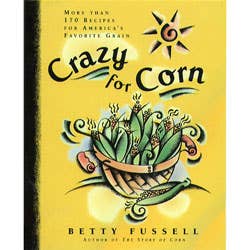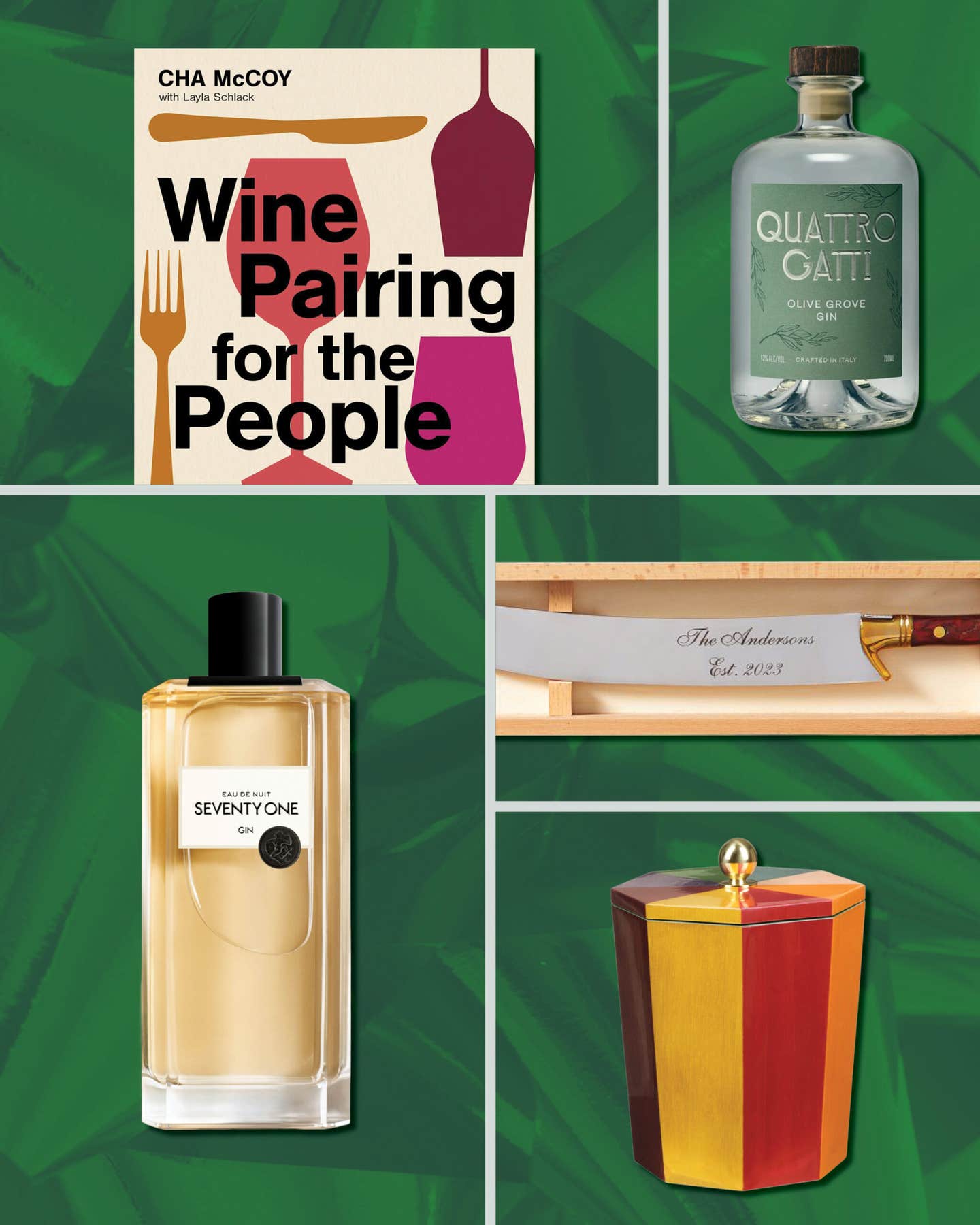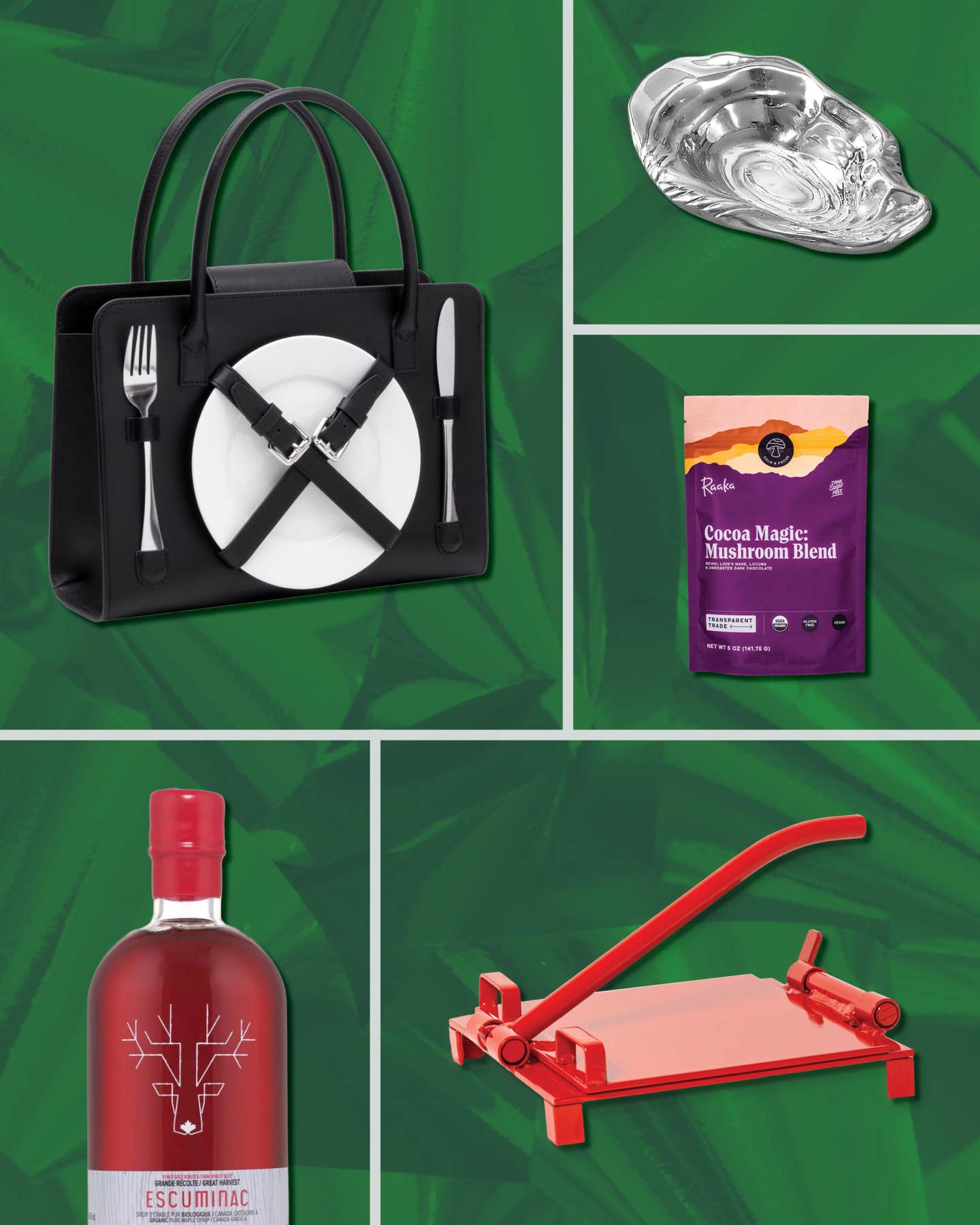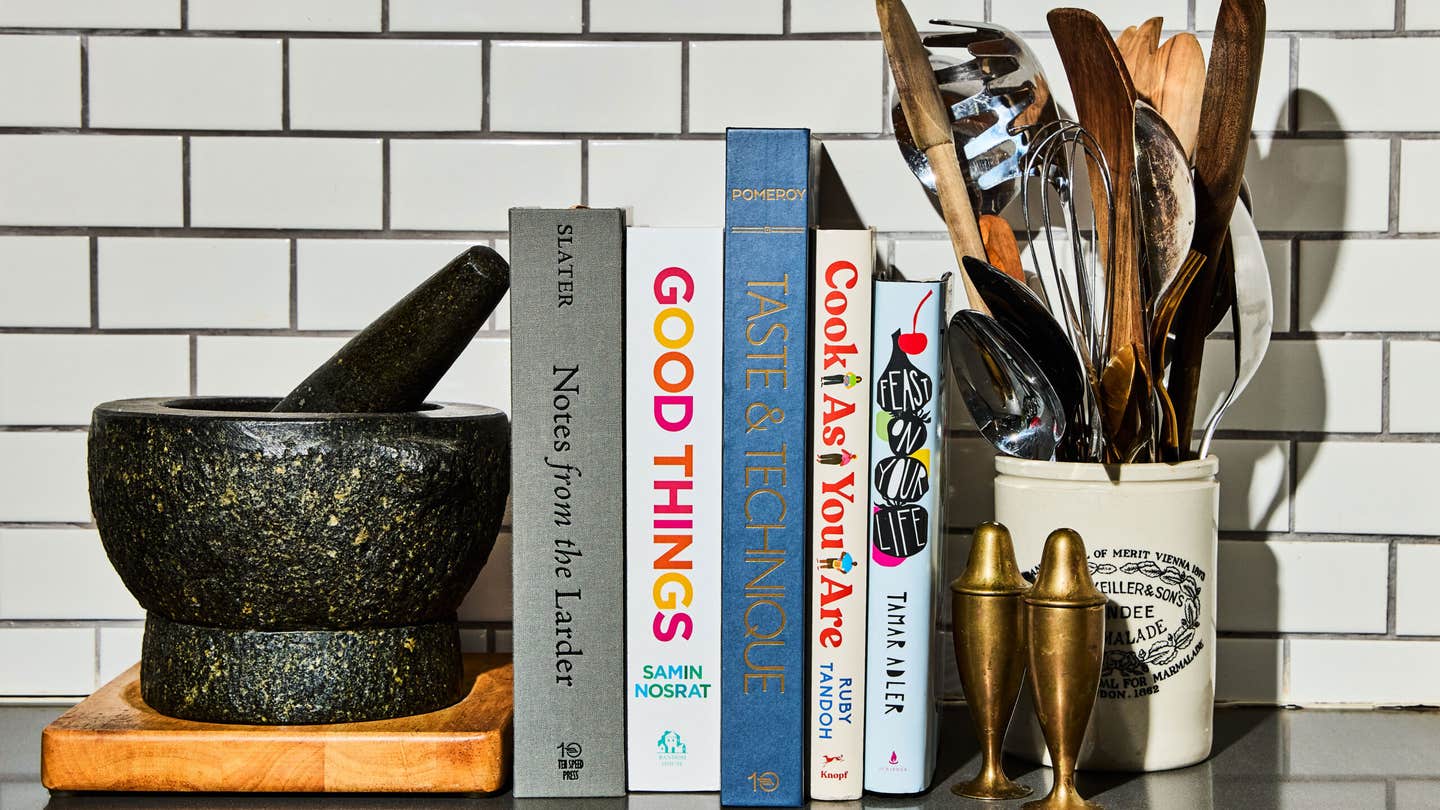
Corn and Chaff
Corn is a vast and attractive subject for a cookbook. You have lots to work with: sweet corn, cornmeal, popcorn, even a delicious truffle-like thing that grows on corn, the dauntingly named huitlacoche (whose English name is perhaps even more daunting: corn smut fungus).
Betty Fussell makes the most of the subject in her new book, Crazy for Corn. Many of the recipes she offers are for such traditional but (to us) unfamiliar dishes as Yucatan lime and chicken soup, Puerto Rican coconut tamales, Moldavian feta cheese corn bread, and Indonesian corn-shrimp fritters. She even has a way to use the husks and silk of corn for smoking fish (in a wok!)—and in her chapter on drinks, she boldly includes a Kentucky mint julep, on the grounds that bourbon is made mostly from corn.
In short, Crazy for Corn is a wonderful book, full of good recipes and intriguing ideas. This comes as something of a surprise only because this volume is positioned as a spin-off from the same author's scholarly study The Story of Corn, published three years earlier—and, despite what their respective titles would suggest, Crazy for Corn is wonderfully sane, while The Story of Corn is mostly tormented psychodrama.
Well, to tell the truth, there is a lot of corn lore in The Story's 330 pages. But the real subjects of the book seem to be Fussell's flight from the values of her parents—from both the demanding God of Christianity and the scientific rationalism employed by her botanist father—and her quest for meaning in a sort of Jungian pantheism.
The result is a book with a million bees in its bonnet. Some of them are barely noticeable, like the scornful quote marks whenever Fussell mentions "Mendel's 'laws' of inheritance." Others are pervasive. The main, and most distracting, bee is: Redskins good, Whiteskins bad. In Fussell's book, White Americans, as representatives of science and Christianity, are always in the wrong.
As she tells us in several places, her parents were health foodies in the turn-of-the-20th-century style, concerned with colonic irrigation and with chewing every mouthful 32 times. In one of her denunciations of their religion, Fussell says that they "could believe anything, anything but the equation of the 'natural' with the 'good'". Clearly, she suffered as a child, and she still seems to have trouble enjoying herself, at least around people who remind her of her family. Her description of what sounds like a perfectly innocent Midwestern country fair, for instance, is chilly and full of resistance.
The measure of Fussell's alienation is that she doesn't seem to mind cannibalism—if it was practiced by American Indians, who were immersed in the womb of nature because Aristotelian logic had not yet done its dirty work of separating history from myth for them. She actually seems to defend cannibalism twice, likening it to the Christian Eucharist.
When you sort out the corn lore, the best parts of _The Story of Corn _are the sections on traditional Indian ways of preparing corn (more varied than most people may suspect), and those on the botany and technology of corn—along with Fussell's retellings of Indian myths.
Towards the end, it finally becomes clear why Fussell wrote this big, peculiar book. She dwells, correctly, on the importance of corn in the American diet—pausing once or twice to disparage our continuing taste for wheat—and its vital place in industry. (Corn by-products are used in soap, lipstick, insecticides, and shoe polish, for example). Then she asks, "Did the white man conquer the Indian or did the Indian absorb the white man? Perhaps the battle of Wounded Knee did not so much mark the end of an empire as transform it into a new ceremonial mask in which Corn Mother became Corn King."
This slippery Jungianism is apparently what everything's been leading up to. What Fussell has been seeking, it seems, is "a way to connect my people and this land"—which, she thinks, is via "the hidden corn road and the lost time of the blue tortilla." Hey, I thought the time of the blue tortilla was around 1987.
Keep Reading
Continue to Next Story










